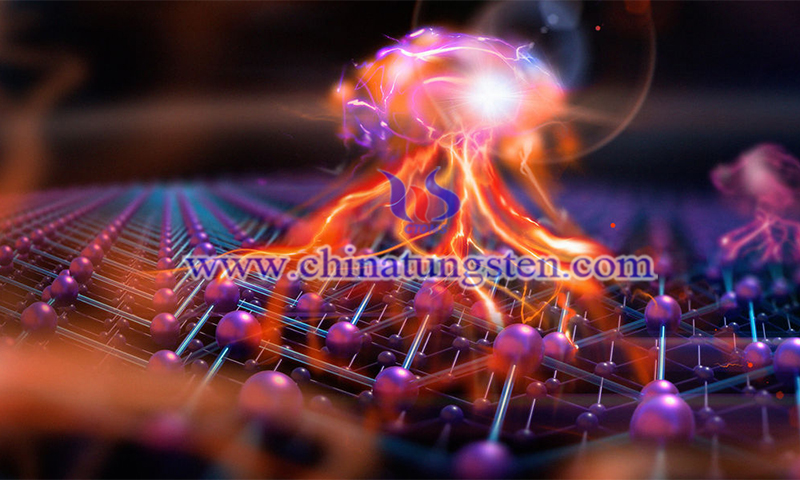Artificial Intelligence System Could Find New Rare Earth Compounds
- Details
- Category: Tungsten's News
- Published on Saturday, 26 March 2022 18:55
Scientists have developed an artificial intelligence (AI) system to help find new rare earth compounds. The type of AI used here is machine learning: it refers to software that studies a database of information (in this case about rare-earth compounds), identifies patterns and correlations, and then makes it possible to discover new potential matches for a database.
Rare earth elements are an important part of a wide variety of electronics, from smartphones and broadband cables to wind turbines and electric cars. But coming up with useful compounds that can expand our practical use of rare earths is difficult, and the results are unpredictable.
"Machine learning is really important here because when we talk about new compositions, ordered materials are well understood by everyone, however, when you add disorder to known materials, the situation is different. The number of compositions becomes very large, often in the thousands or millions, and you can't study all the possible combinations with theory or experiment." says Prashant Singh, a materials scientist at Iowa State University's Ames Laboratory.

In materials science, order and disorder refer to the way in which particles are arranged in a material (e.g., in a perfect crystal lattice or in a more chaotic dispersion), which directly affects the properties and uses of said material.
In this case, the machine learning model was built using a rare earth database and some ideas from density flooding theory (DFT), which involves the analysis of material structures and is well suited for this kind of research.
The way the model is built means that hundreds of permutations can be tested quickly, and then the phase stability of each permutation can be evaluated. In other words, the AI is able to determine whether a rare earth combination will be viable.
These calculations are then supplemented with additional information from the network, found by custom algorithms, and at the end are verified and pass several checks to ensure that they remain within the realistic range.
"It's not really about discovering a specific compound," said Yaroslav Mudryk, a materials scientist from the Ames Laboratory. "It's how we design a new method or a new tool to discover and predict rare earth compounds."

Experimental data can also be fed back into the machine learning system to further improve its accuracy and reduce the chance of errors, such as suggesting rare-earth compounds that do not actually work.
The model is still being evaluated and tweaked now before the actual mission to find these rare earth compounds begins, but the researchers promise that this is just the beginning of the newly developed system.
The artificial intelligence techniques used by the team here should also be applicable in the future to finding other elusive material species. Allowing one to make such discoveries without relying on serendipity. In their published paper, the researchers conclude, "Our approach will help discover new and complex rare-earth compounds with new functions."
- Rare Earth Manufacturer & Supplier, Chinatungsten Online: www.chinatungsten.com
- Tungsten News & Prices of China Tungsten Industry Association: www.ctia.com.cn
- Molybdenum News & Price: news.molybdenum.com.cn
- Tel.: 86 592 5129696; Fax: 86 592 5129797; Email: sales@chinatungsten.com



 sales@chinatungsten.com
sales@chinatungsten.com